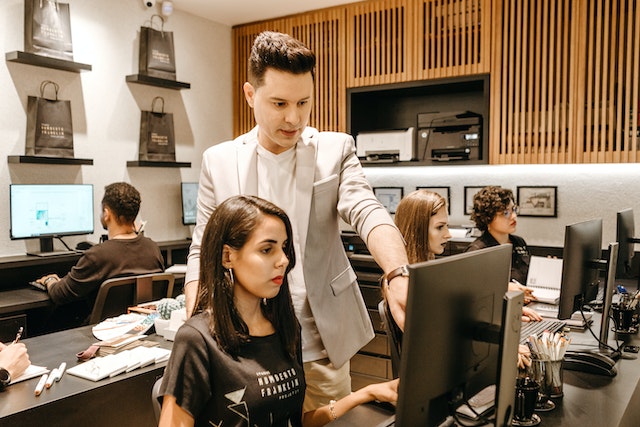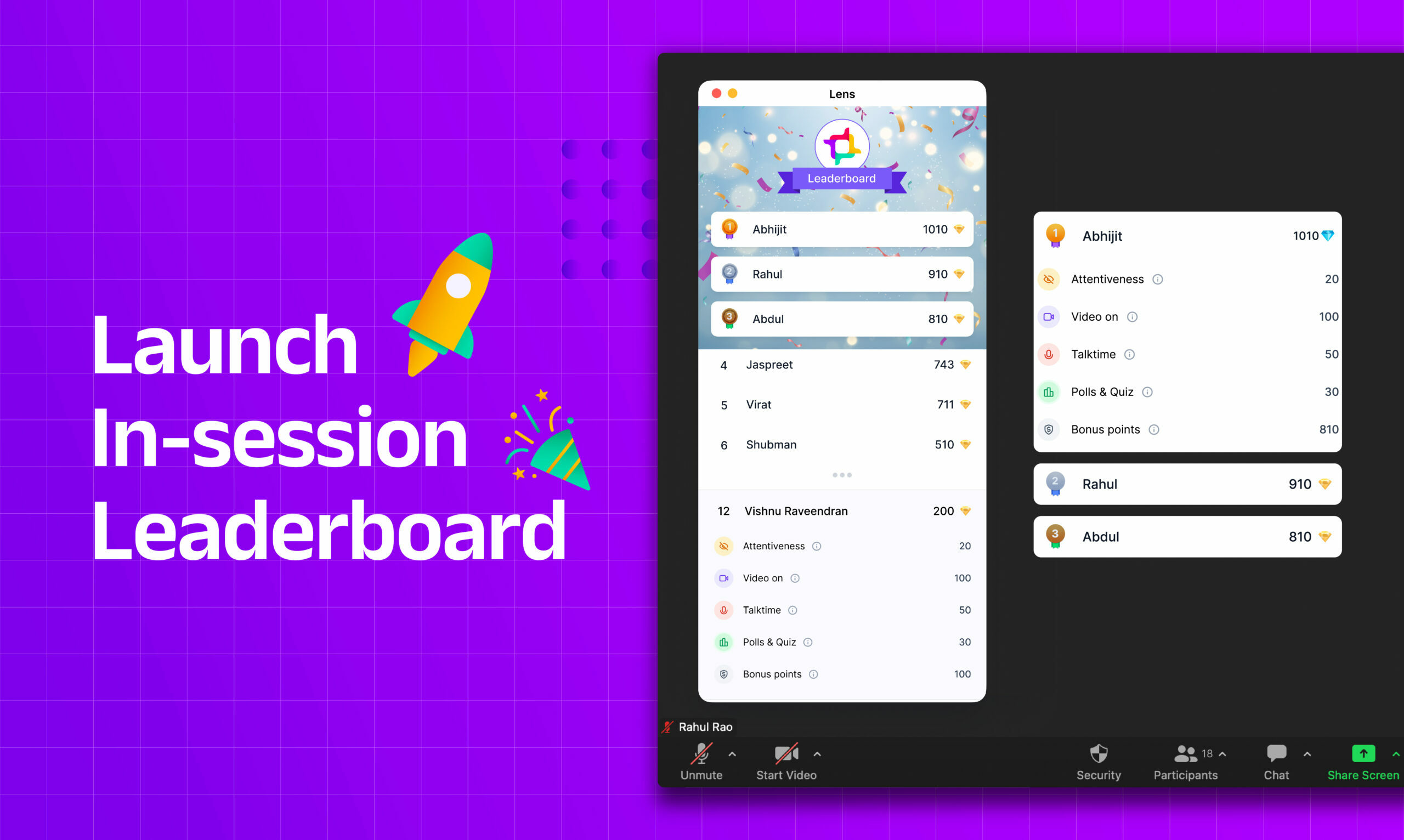Creating a classroom environment that promotes active participation and maximizes student engagement is crucial for a teacher. Student engagement refers to how invested and involved students are in their learning and how well they respond to classroom activities, materials, and expectations. When students are engaged, they are more likely to participate in classroom discussions, complete assignments on time, and perform better on exams and assessments.
In this article, we will explore strategies for improving student engagement and participation in the classroom. By incorporating interactive activities into the school, such as games, group discussions, and hands-on projects, teachers can create a more engaging and dynamic learning experience. These activities can help students develop critical thinking, problem-solving, and communication skills and increase their motivation and enjoyment of the course material.
In addition to interactive activities, technology can be a powerful tool for increasing student engagement. For example, online discussion forums, educational apps, and presentation software can help students stay connected and involved in their learning outside class time. Furthermore, technology can be used to gamify the learning experience, using quizzes, polls, and other interactive tools to keep students engaged and motivated. By leveraging technology in the classroom, teachers can create a more dynamic and interactive learning environment that appeals to a broader range of learning styles and preferences.
Strategies to Increase Student Engagement

Creating a classroom environment that encourages active participation and maximizes student engagement is crucial for a teacher. Various strategies can help achieve this goal, including:
1. Establishing an open classroom environment

Establishing an open and inclusive classroom environment is essential to promote student engagement. This means creating a space where students feel comfortable sharing their thoughts and ideas, regardless of their background or previous academic experience. To achieve this, teachers can encourage open discussions, listen actively to student feedback, and create opportunities for student-led initiatives. By establishing a welcoming and supportive classroom environment, students are more likely to feel invested in their learning and motivated to participate in class activities.
2. Incorporating technology into the classroom

One effective strategy for increasing student engagement is to incorporate technology into the classroom. With the rise of online learning, digital tools are becoming an increasingly important component of effective teaching. For instance, a platform like Lens can monitor student engagement and attentiveness during online classes. Additionally, educational apps, online discussion forums, and presentation software can help keep students connected and involved in their learning outside class time. Technology can also be used to gamify the learning experience, using quizzes, polls, and other interactive tools to keep students engaged and motivated.
3. Encouraging student discussions

Encouraging students to participate in classroom discussions actively can be an effective way to increase engagement. One way to do this is to ask open-ended questions that promote critical thinking and problem-solving. Additionally, teachers can create opportunities for small-group discussions or debates, allowing students to engage with their peers and learn from each other. Another effective strategy is providing feedback and encouragement to students participating in classroom discussions, reinforcing the importance of active engagement, and demonstrating their ideas are valued.
By implementing these strategies, teachers can create a more dynamic, effective, and enjoyable learning experience for their students. Whether establishing a supportive classroom environment, incorporating technology, or encouraging active student discussions, there are many ways to increase student engagement and maximize the learning potential of every student.
Assessing Student Engagement

Assessing student engagement is integral to promoting active learning and ensuring students get the most out of their classroom experience. Several strategies can be used to measure student engagement, including:
1. Developing a rubric

One effective strategy for assessing student engagement is to develop a rubric that outlines specific criteria for engagement. This might include active participation in class discussions, completing assigned readings or homework, and demonstrating critical thinking skills. By setting clear expectations and providing specific examples of what constitutes active engagement, teachers can help students understand what is expected of them and provide a framework for self-assessment.
2. Using online tools

Another effective strategy for assessing student engagement is to use online tools to monitor participation and engagement during class. Platforms like Lens can be used to track how much time students spend looking at the meeting screen, which can serve as a proxy for attentiveness and engagement. Other online tools like discussion forums, quizzes, and polls can help measure student engagement and provide real-time feedback to students and teachers.
Using these strategies to assess student engagement, teachers can better understand how students interact with the material and where they might need additional support. This information can be used to modify teaching strategies and improve student outcomes, promoting a more dynamic and engaging learning experience for everyone involved. Ultimately, the goal is to create an environment that encourages active learning and fosters student engagement, allowing every student to reach their full potential.
Conclusion
Increasing student engagement in the classroom is essential for creating a dynamic and effective learning environment. By implementing various strategies, including establishing an open classroom environment, incorporating technology like Lens, and encouraging student discussions, teachers can help students stay motivated, interested, and actively engaged in their learning.
Assessing student engagement through rubrics and online tools like Lens can help teachers gain valuable insights into how students interact with the material and adjust their teaching strategies as needed. Ultimately, the goal is to create a positive and supportive learning environment that empowers students to take charge of their learning and achieve their full potential.
The benefits of increased student engagement include improved academic performance, increased motivation, and a more positive attitude toward learning. Students actively engaged in the classroom are more likely to retain information, participate in discussions, and collaborate with their peers, setting them up for success both in and out of the classroom.
In short, maximizing student participation through effective teaching strategies and regular assessment is critical to any successful classroom. With dedication, hard work, and a commitment to creating a dynamic and engaging learning environment, students and teachers can achieve their full potential and make the most of every classroom experience.




